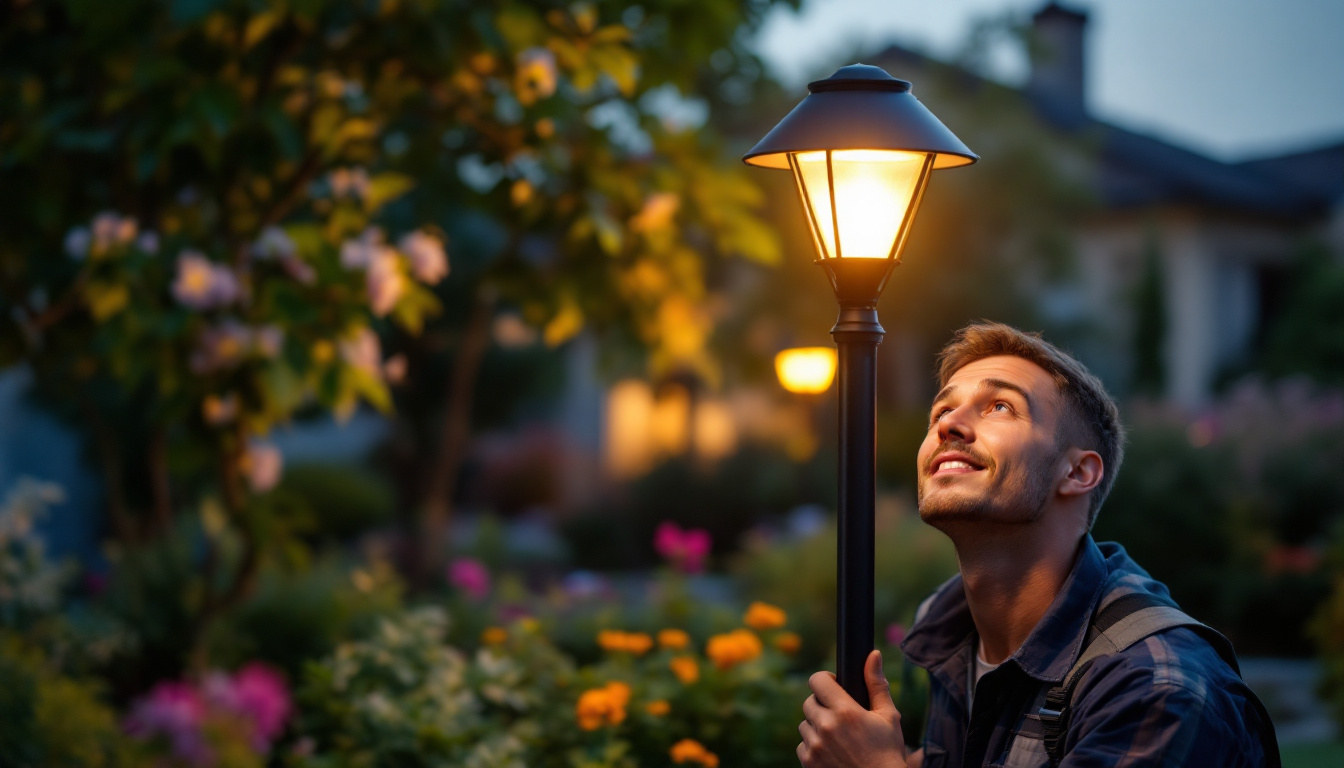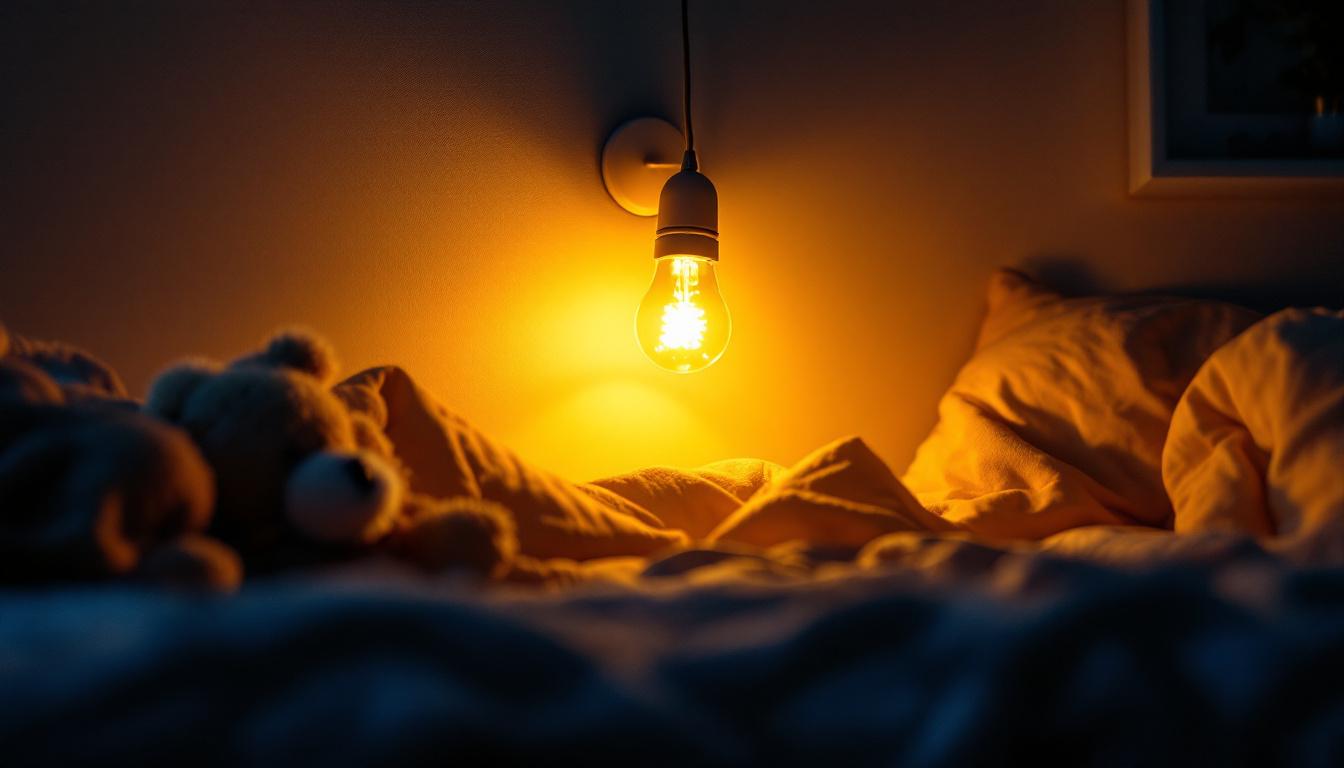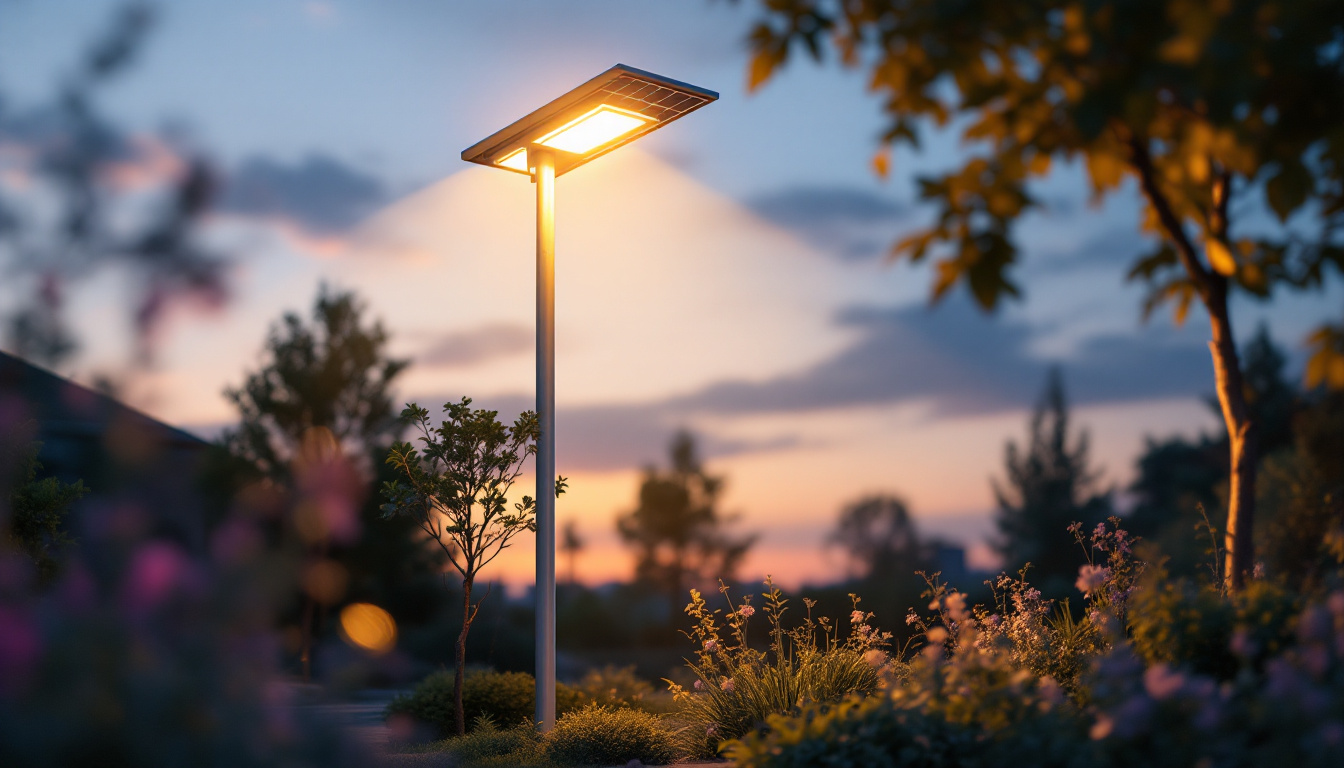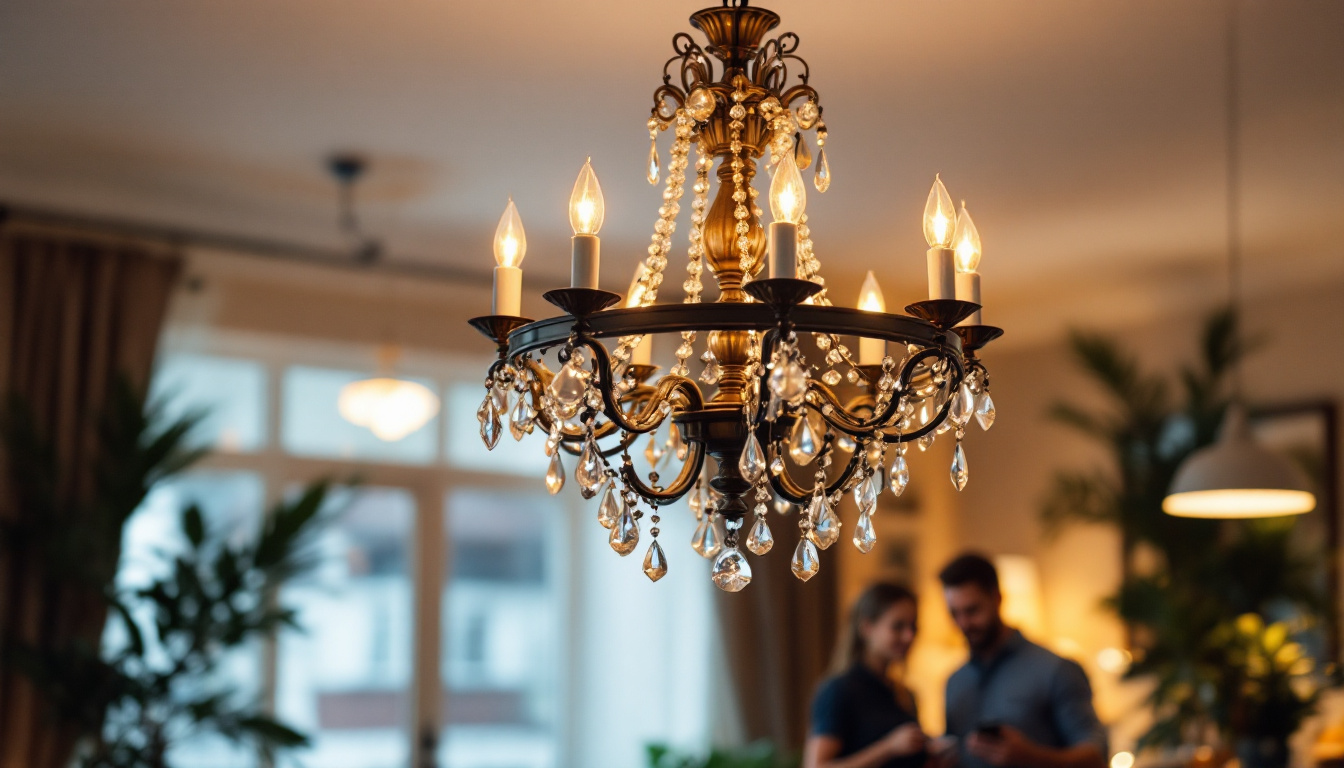
Lighting pendant lights can significantly enhance the aesthetic and functional aspects of a space. For lighting contractors, understanding the nuances of pendant lighting is crucial for delivering exceptional results to clients. This article will break down essential elements of pendant lights, from design considerations to installation tips, all tailored to the needs of lighting professionals.
Pendant lights are versatile fixtures that hang from the ceiling, often suspended by a cord, chain, or rod. They serve both decorative and practical purposes, providing focused illumination while adding a stylish element to a room. Their popularity has surged in recent years, making them a staple in modern interior design. With a wide array of designs, materials, and colors available, pendant lights can easily be tailored to fit any decor style, from minimalist to eclectic.
In addition to their aesthetic appeal, pendant lights also offer functional benefits. For instance, they can be strategically placed to illuminate workspaces, enhance mood lighting, or even serve as a statement piece that draws the eye upon entering a room. Their ability to provide targeted lighting makes them an excellent choice for task-oriented areas, such as kitchens and home offices, where clarity and focus are essential.
There are various types of pendant lights, each serving different aesthetic and functional needs. Some common types include:
When selecting pendant lights, several design factors must be taken into account. These include:
In addition to these considerations, the choice of bulb can significantly impact the ambiance created by pendant lights. Warm-toned bulbs can evoke a cozy and inviting atmosphere, while cooler tones may lend a more modern and energetic feel. Furthermore, dimmable options can provide flexibility, allowing homeowners to adjust the lighting according to different occasions or moods. As such, pendant lights not only serve as functional fixtures but also as essential elements in setting the overall tone of a room.
proper installation is vital for ensuring that pendant lights function effectively and safely. Here are key steps to follow during the installation process.
Before beginning the installation, it is essential to gather all necessary tools and materials. This includes the pendant light fixture, mounting hardware, a drill, wire cutters, and a voltage tester. Ensuring that the electrical supply is turned off is a critical safety measure.
Once the area is prepared, the next step involves mounting the fixture. Begin by attaching the mounting bracket to the electrical box in the ceiling. Ensure that the bracket is securely fastened, as it will support the weight of the pendant light.
After securing the bracket, connect the wiring from the pendant to the home’s electrical wiring. Typically, this involves connecting the black (hot) wire, white (neutral) wire, and green or bare (ground) wire. Use wire nuts to secure these connections, ensuring that no exposed wires are left.
Once the wiring is connected, carefully lift the pendant light into place and secure it to the mounting bracket. Adjust the height of the pendant as necessary, ensuring it hangs at the desired level. Finally, restore power to the circuit and test the light to confirm that it operates correctly.
Pendant lights can be used in various lighting techniques to enhance the ambiance of a space. Understanding these techniques allows lighting contractors to create tailored solutions for their clients.
Pendant lights are excellent for task lighting, providing focused illumination for specific activities. For instance, hanging pendants over kitchen islands or workspaces can help illuminate areas where detailed work is performed, such as cooking or crafting.
When used in clusters or as part of a multi-light fixture, pendant lights can also provide ambient lighting. This type of lighting creates a warm and inviting atmosphere, making it ideal for living rooms, dining areas, and entryways.
Pendants can serve as accent lighting to highlight architectural features or artwork. By strategically placing pendants to draw attention to specific elements in a room, contractors can enhance the overall design and create visual interest.
As energy efficiency becomes increasingly important, selecting the right bulbs for pendant lights is essential. Many modern pendant fixtures are compatible with LED bulbs, which offer significant energy savings and longer lifespans compared to traditional incandescent bulbs.
When selecting bulbs for pendant lights, consider the following:
While pendant lights offer numerous benefits, lighting contractors may encounter challenges during installation and use. Being prepared for these issues can lead to smoother projects and satisfied clients.
One common challenge is uneven lighting, which can occur if pendants are not spaced correctly or if the bulbs have varying brightness levels. To mitigate this, contractors should carefully plan the layout of the pendants, ensuring that they are evenly spaced and that similar bulbs are used throughout.
Another issue is the height at which pendants are hung. If pendants are too low, they can obstruct views or create hazards; if too high, they may not provide adequate illumination. It is essential to assess the space and consider the purpose of the pendant lighting when determining the optimal height.
Pendant lights can accumulate dust and grime, affecting their performance and appearance. Educating clients on proper maintenance and cleaning techniques can help prolong the life of the fixtures. Recommend using a soft, damp cloth to clean the glass or metal surfaces, and ensure the bulbs are replaced as needed.
The world of pendant lighting is ever-evolving, with new trends emerging regularly. Staying informed about these trends can help lighting contractors offer contemporary solutions to their clients.
Recent trends have seen a rise in the use of bold colors and unique materials in pendant designs. From vibrant glass shades to metallic finishes, these elements can add a striking visual component to any space. Contractors should consider incorporating these trendy materials into their designs to meet client preferences.
As smart home technology becomes more prevalent, integrating smart lighting solutions into pendant fixtures is increasingly popular. This allows clients to control their lighting via smartphone apps or voice commands, offering convenience and enhancing the overall user experience.
With a growing emphasis on sustainability, many manufacturers are focusing on eco-friendly materials and energy-efficient designs. Contractors should be aware of these options and consider recommending sustainable pendant lighting solutions to environmentally conscious clients.
Lighting pendant lights is a multifaceted process that requires careful consideration of design, installation, and functionality. By understanding the various types of pendants, installation techniques, and lighting strategies, lighting contractors can deliver exceptional results that meet the unique needs of their clients. Staying informed about trends and addressing common challenges will further enhance the contractor’s expertise in this dynamic field.
In a world where lighting plays a pivotal role in creating ambiance and functionality, mastering the art of pendant lighting is essential for any lighting contractor aiming to excel in their craft.
Ready to elevate your lighting projects with the finest pendant lights on the market? Look no further than LumenWholesale, where we provide lighting contractors with superior, spec-grade lighting products at prices that can’t be beaten. Our commitment to quality and affordability means you can access a vast selection of premium lighting without the burden of inflated costs. Plus, with the added convenience of free shipping on bulk orders, you can focus on what you do best—creating stunning, functional spaces for your clients. Don’t settle for less; choose LumenWholesale for Wholesale Lighting at the Best Value and make every project shine.

Discover essential tips and expert advice for lighting contractors to master the installation and maintenance of solar lamp posts.

Discover how a low brightness light bulb enhances safety in lighting installations, reduces glare, and improves energy efficiency—learn key benefits and safety tips today!.

Discover the essentials of light pole solar technology with our comprehensive guide tailored for lighting contractors.

Discover the answers to lighting contractors’ most frequently asked questions during a chandelier sale.